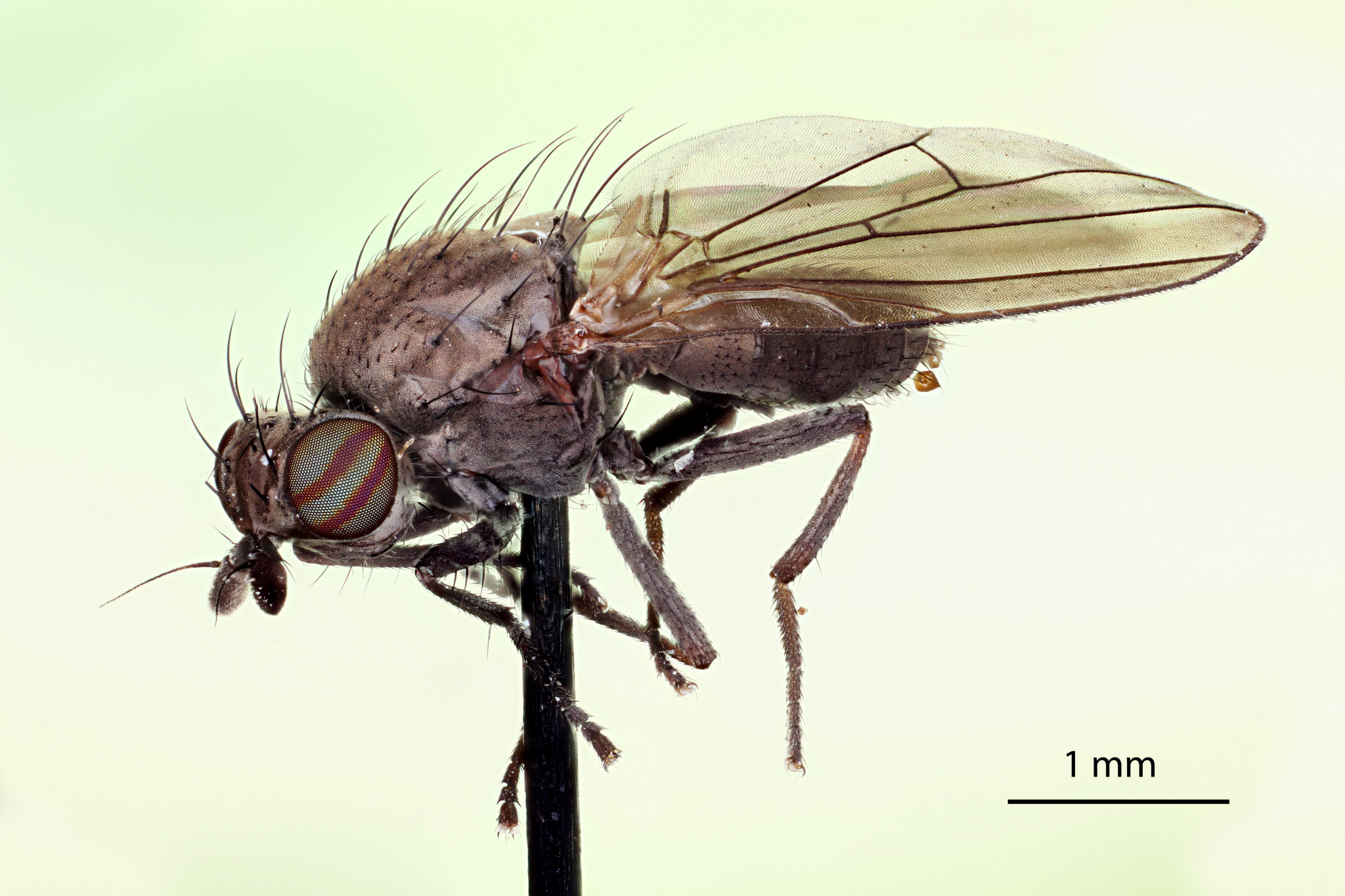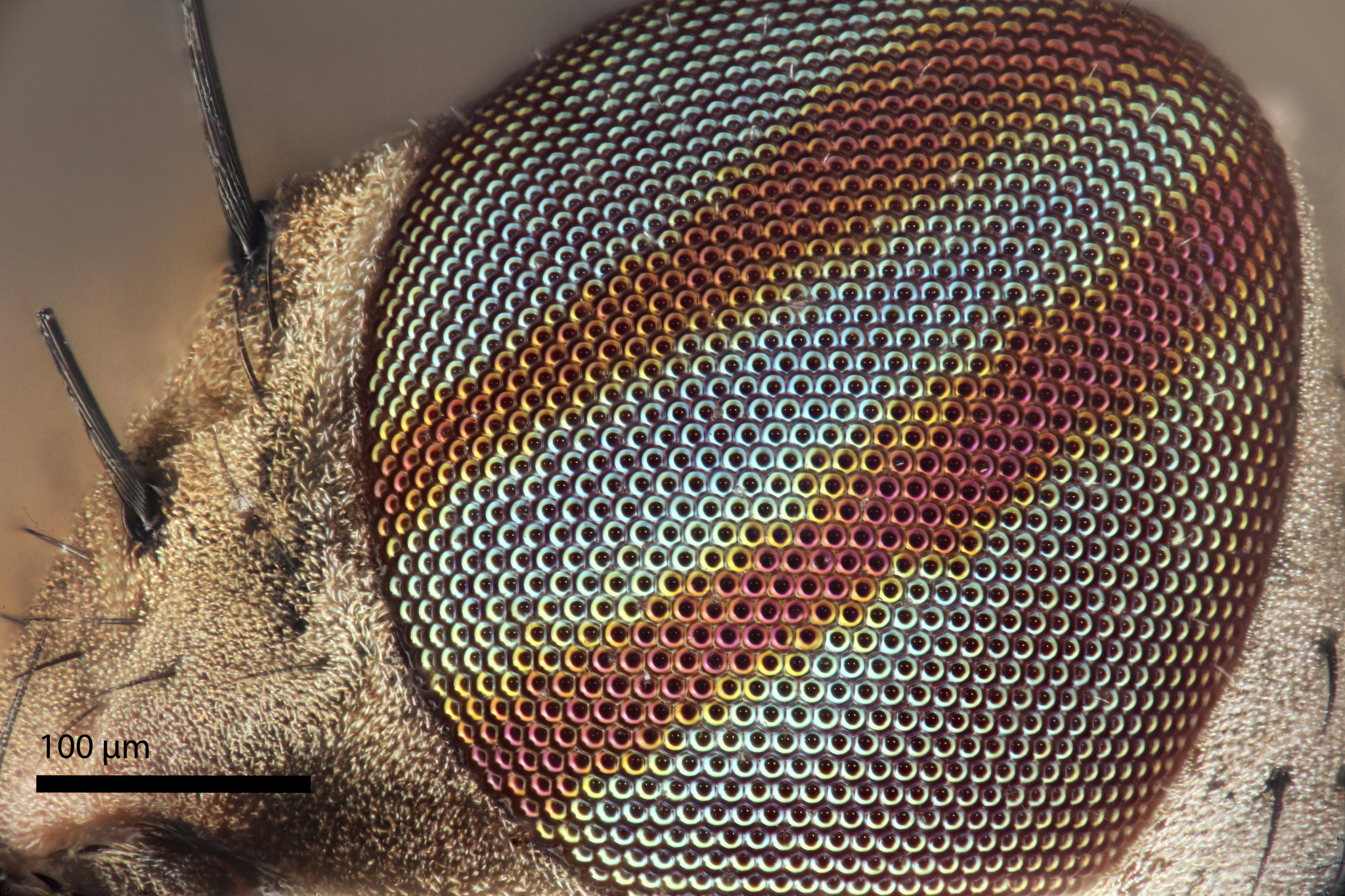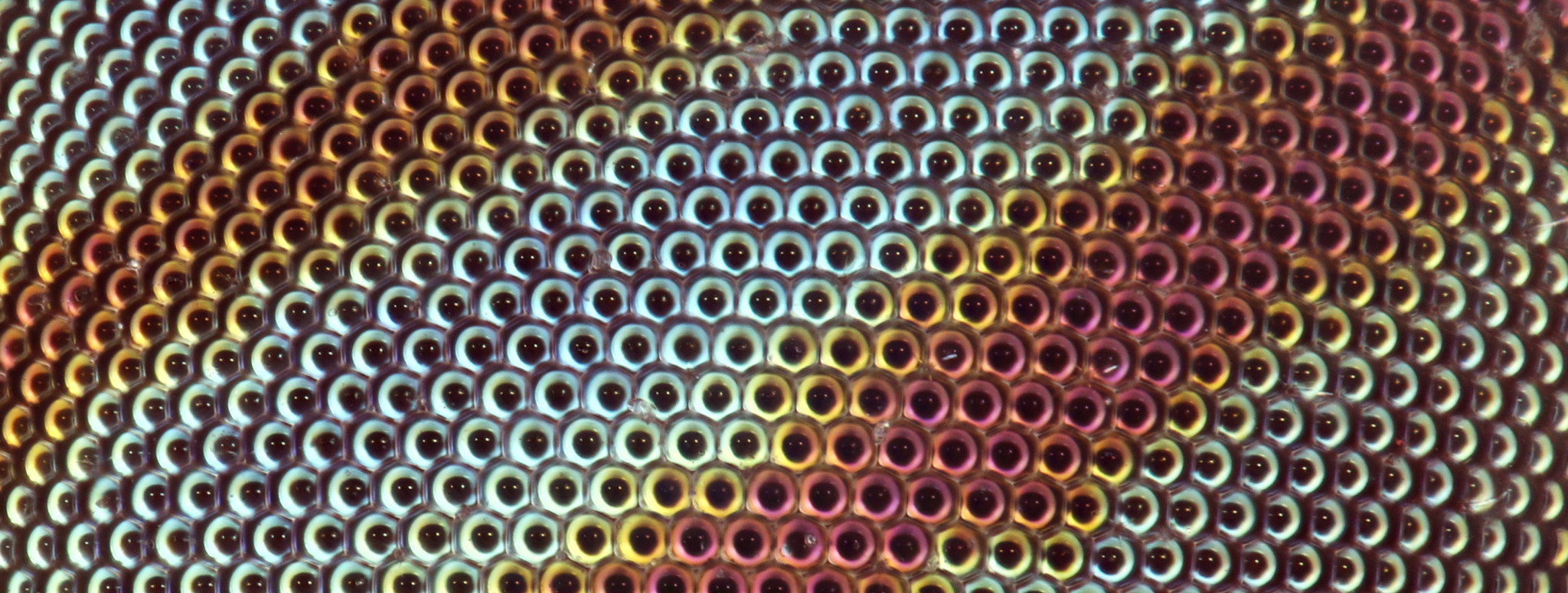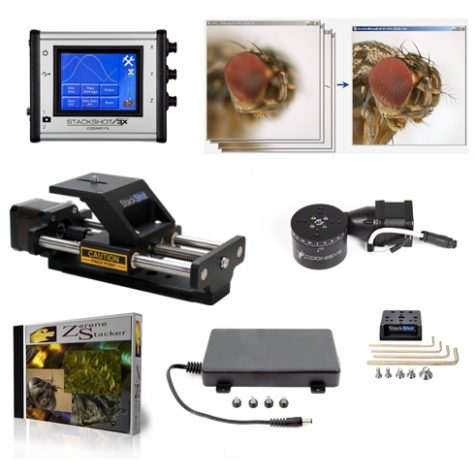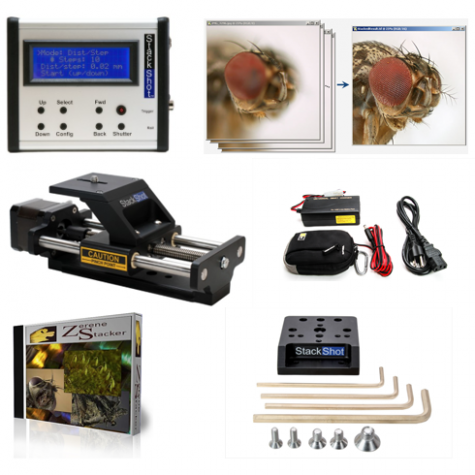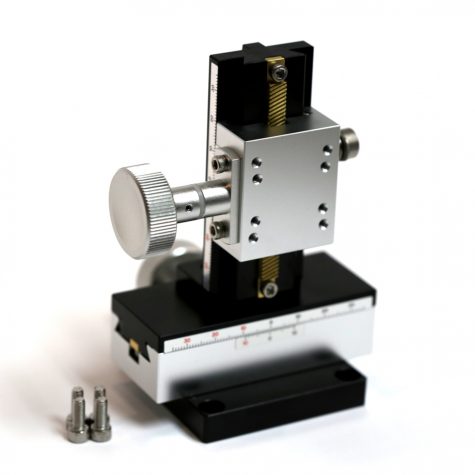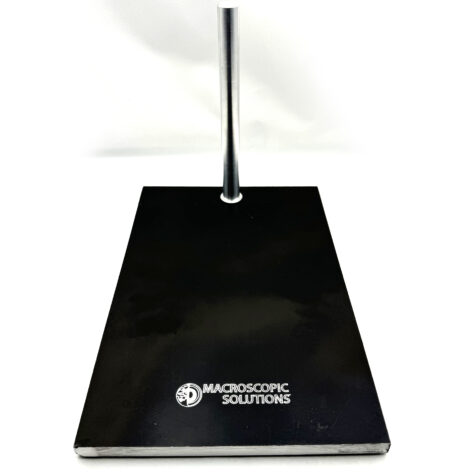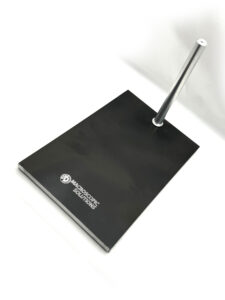Micro Kit
$15,404.00The Micro Kit is a Macropod accessory that includes an assortment of high quality long working distance objectives at 10x, 20x, 50x and 100x magnification. These objectives are to be used in conjunction with the Canon EF 70-200 mm telephoto lens. They are easy to use and produce extremely detailed images at high magnification. These objectives produce compatible results to a microscope achieving 100x, 200x, 500x and 1000x if you consider the infinity corrected 10x eyepiece, which the 70-200 mm lens performs as.



